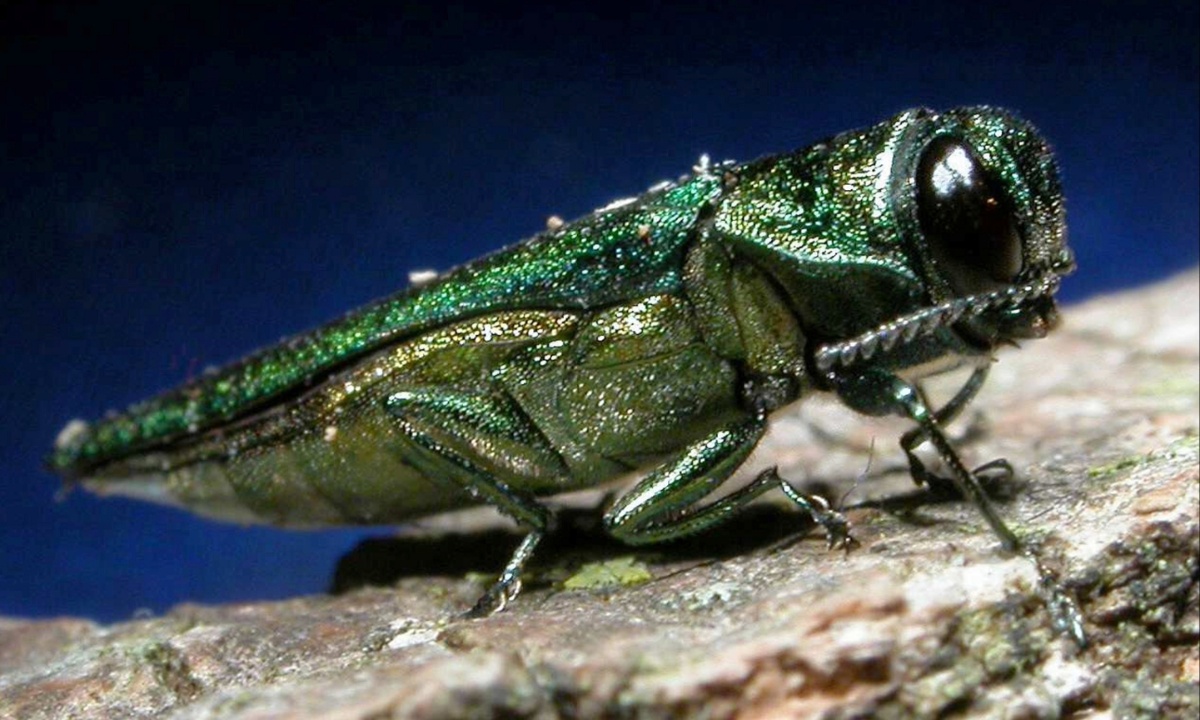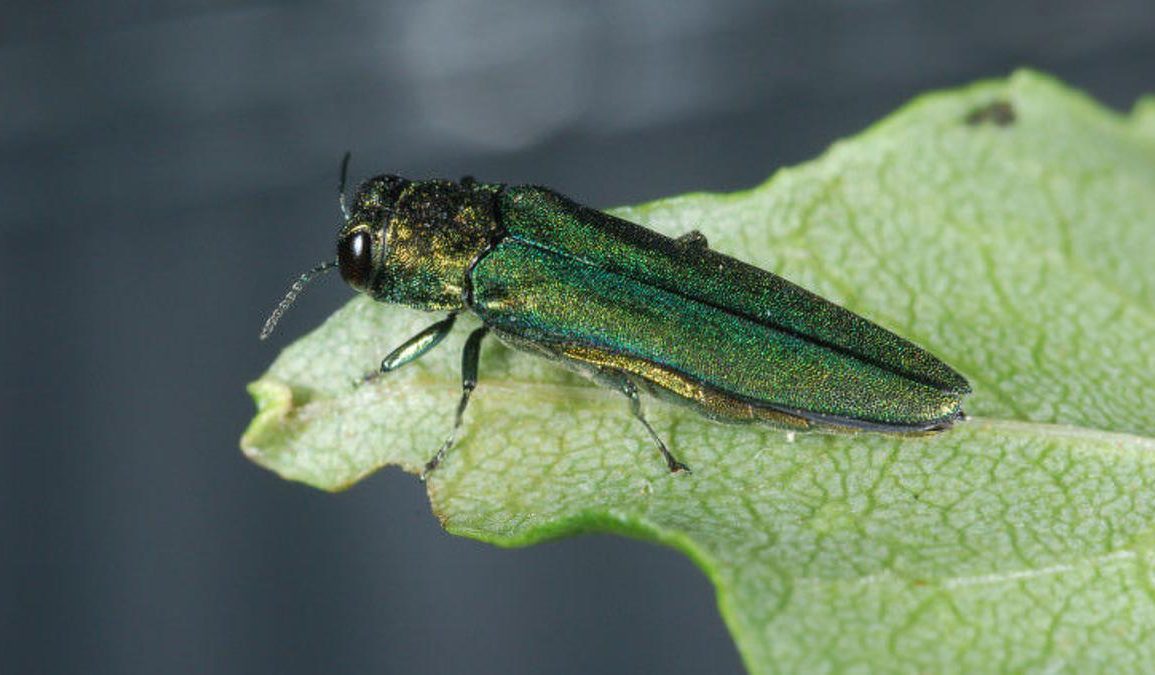The emerald ash borer, a destructive invasive insect first identified in Colorado in 2013, has now been confirmed in Lakewood, according to a city release. Originating from northeastern Asia, this pest primarily feeds on ash trees, posing a significant threat to urban forests. It was introduced to North America in the 1990s and was first discovered in Michigan in 2002.
While the insect is not harmful to humans, its impact on the environment is severe, particularly because ash trees make up a substantial portion of Colorado’s urban forest, including about 1.45 million trees in the Denver metro area.
First detected in Boulder in 2013, the emerald ash borer has since spread to several cities in the Denver metro area, such as Broomfield, Thornton, Westminster, Arvada, and Littleton. It has also been identified in Arapahoe County, specifically in the Centennial area.

The insect targets and kills both white and green ash trees over the course of several years, which can lead to extensive damage to Colorado’s urban forests if not managed properly.
Residents can look for signs of infestation in their ash trees by checking for specific symptoms. Lakewood Forestry Supervisor Luke Killoran suggests looking for D-shaped exit holes in the bark, splits in the bark, S-shaped tunnels underneath, thinning canopies, smaller-than-normal leaves, and heavy woodpecker activity.
These signs help indicate that a tree may be infested by the emerald ash borer, which is a metallic green insect about half an inch long.
The Colorado Department of Agriculture also provides guidelines to help people identify infected trees. Depending on the size and health of the ash tree, various steps can be taken to protect it from the emerald ash borer. Larger, more valuable trees may benefit from early insecticide treatment as a preventive measure, while younger or less valuable trees may not be worth the investment.
For trees that are already infested, insecticide treatments can be effective if applied early. However, not all trees will recover, and some will need to be removed to prevent the spread of the insect.
When removing infected trees, it is essential to dispose of them properly to avoid further infestation in other areas. In any case, proper management and early detection are crucial in protecting Colorado’s ash tree population from this invasive threat.

